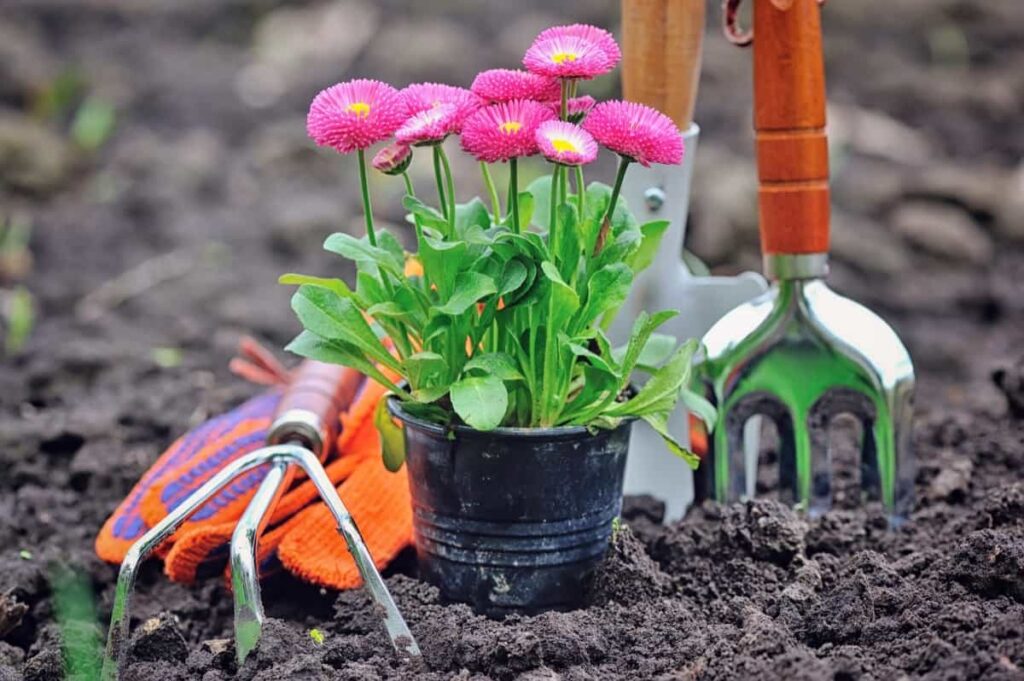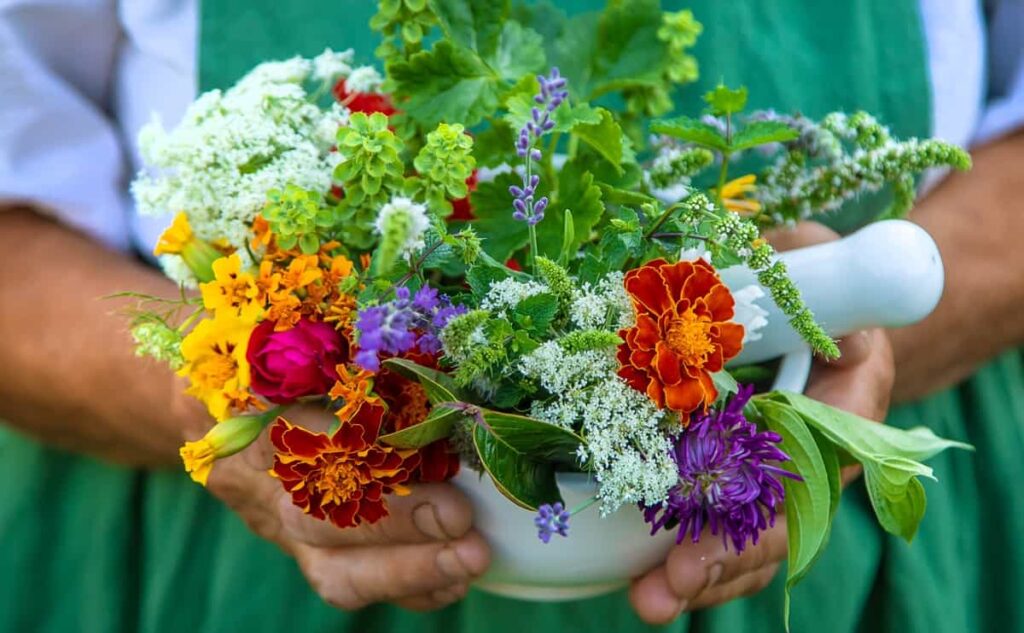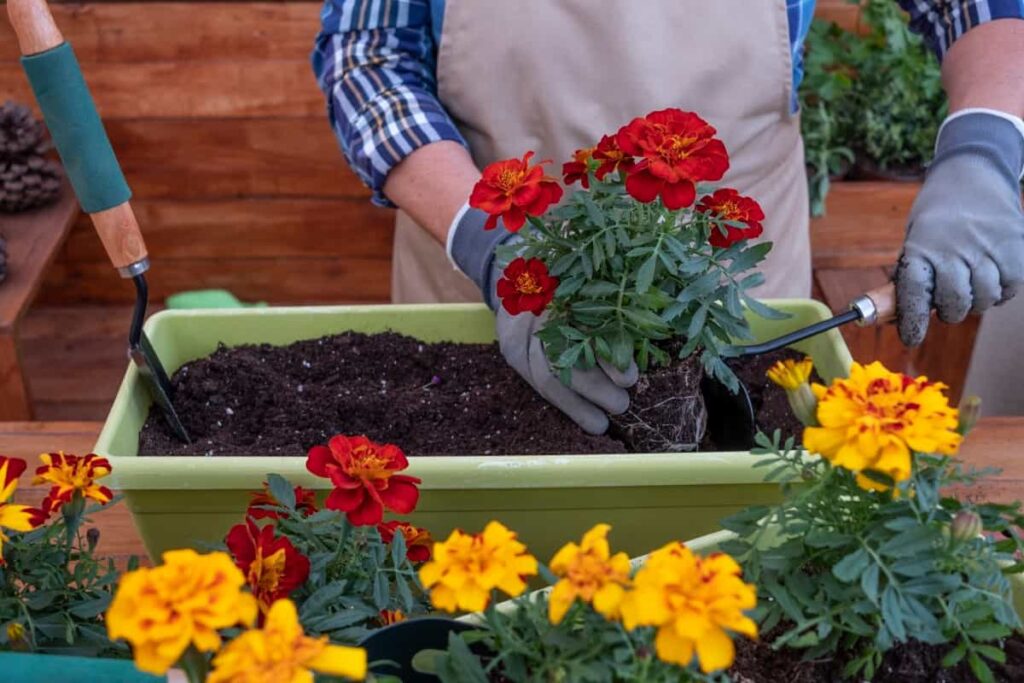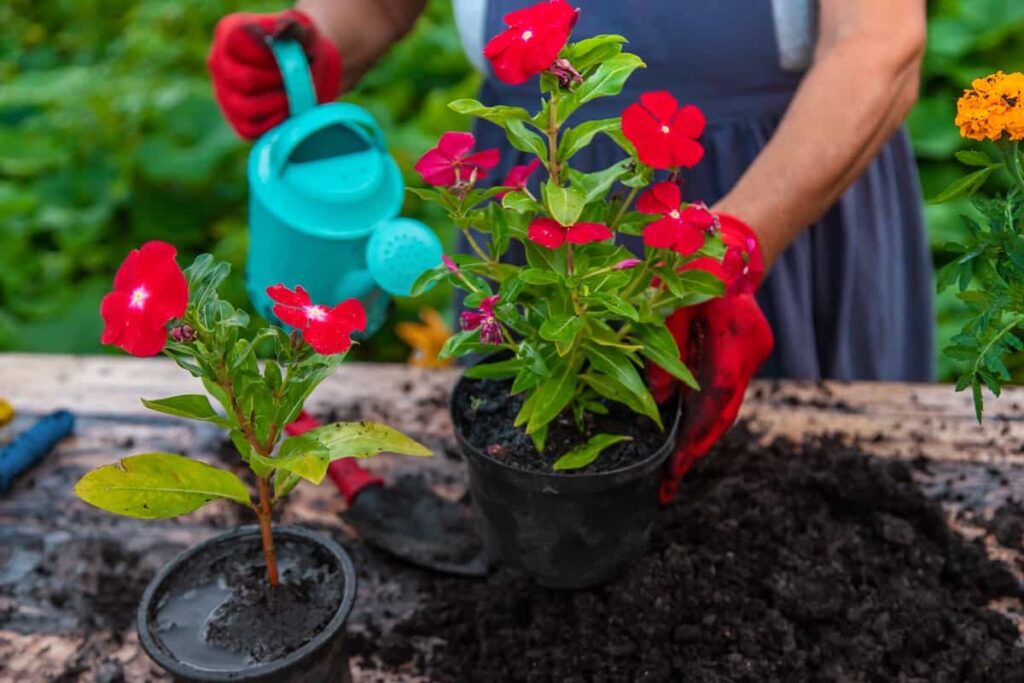Fertilizer provides vital nutrients that flowers need to thrive and produce stunning blooms. Each type of flower may have specific requirements when it comes to fertilizer. Roses, bulbs, annuals – they all have unique needs that can be met with specialized formulas designed to enhance blooming potential. Choosing the right fertilizer for your flowers is essential to ensure they bloom vibrantly and beautifully.

Best Fertilizer That Makes Flowers Bloom
Overview of Flower Fertilizers
Understanding Fertilizer Types
When it comes to flower fertilizers, understanding the different types available is crucial for successful blooming. Organic fertilizers, like bone meal, compost, and manure, provide natural solutions that nourish plants without harmful chemicals. On the other hand, synthetic fertilizers offer quick-release nutrients for immediate uptake by flowers. Different types of flowers may have specific nutrient requirements for optimal blooming.
Importance of Nutrients for Blooming
The essential nutrients like nitrogen, phosphorus, and potassium cannot be underestimated when it comes to promoting healthy blooms. These nutrients play a vital role in supporting plant growth and flowering processes throughout the season. By choosing the right fertilizer with balanced nutrient ratios, you can ensure your flowers receive everything they need to thrive.
Organic Fertilizers for Flowers
Compost and Manure: Natural Solutions
Organic fertilizers are a fantastic way to nourish your flowers naturally. Compost and manure provide a rich nutrient source for your plants, promoting healthy growth and vibrant blooms. They work in harmony with the soil, improving its structure and fertility over time. Incorporating these natural fertilizers into your flower care not only benefits your plants but also promotes sustainability in gardening practices.
Bone Meal and Fish Emulsion: Boosting Bloom
Bone meal is another excellent organic fertilizer that boosts blooming in flowers. It’s high in phosphorus, which is essential for flower development and overall plant health. By incorporating bone meal into your gardening routine, you can support robust flower growth. Fish emulsion is a potent organic fertilizer that can help take your blooms to the next level. Packed with beneficial nutrients like nitrogen, phosphorus, and potassium, fish emulsion provides a quick nutrient boost to encourage flowering and enhance bloom quality.
Synthetic Fertilizers for Enhanced Blooming
Water-soluble vs. Slow-Release Formulas
Water-soluble fertilizers are quick-acting and provide an immediate nutrient boost to your plants, while slow-release formulas release nutrients gradually over time, offering a more sustained feeding approach. Whether you choose water-soluble or slow-release synthetic fertilizers, both can be effective in bloom-enhancing fertilizer potential. Experiment with different formulations to see what works best for your specific flower varieties and garden environment.
High-Phosphorus Fertilizers for Flowering
High-phosphorus fertilizers play a crucial role in flowering as phosphorus is essential for energy transfer within the plant. Look for fertilizers with a higher middle number on the label (e.g., 10-30-10) to ensure your flowers get the phosphorus they need for vibrant blooms.
In case you missed it: Sevin Insect Killer Dust for Plants: How to Use in the Home Garden

Specialized Flower Fertilizers
Formulas for Roses, Bulbs, and Annuals
When it comes to specialized flower fertilizers, the needs of different plants vary. Roses, for example, benefit from a balanced formula high in potassium for strong root development and vibrant blooms. Bulbs require a fertilizer with higher phosphorus content to promote healthy growth and flowering. Annuals thrive with a well-rounded mix that includes micronutrients like magnesium and calcium for overall plant health.
Adjusting for Perennials and Native Flowers
Perennials may need adjustments throughout the growing season based on their specific requirements. Native flowers often do best with organic fertilizers for blooms that mimic their natural environment. Adjusting perennial flower fertilizer types and amounts based on the unique needs of each plant is key to ensuring optimal blooming results in your garden.
Micronutrients and Their Role in Flowering
The Importance of Iron, Magnesium, and Calcium
Iron is essential for chlorophyll production, giving flowers their vibrant green color. Magnesium aids in photosynthesis by helping plants convert sunlight into energy. Calcium plays a major macronutrient the helps in cell wall structure and overall plant health.
Using Micronutrient Supplements
To ensure your flowers get these micronutrients, consider using supplements specifically designed to provide them. These supplements can help address deficiencies that may hinder your blooms from reaching their full potential.
Soil Testing and Fertilizer Application
How to Test Soil Nutrient Levels
Soil testing is like giving your plants a health check-up. It tells you what nutrients your soil lacks, ensuring you provide the right fertilizers. Testing soil nutrient levels involves taking samples from different areas of your garden and sending them to a lab for analysis. By analyzing the results and adjusting your fertilizer application accordingly, you can provide tailored care to ensure your flowers bloom beautifully season after season.
Correct Timing and Dosage for Fertilization
Timing matters when it comes to applying fertilizer. Too early and the nutrients might not be absorbed; too late, and it could be wasted. When determining dosage, follow instructions carefully. Over-fertilizing can harm your plants, while under-fertilizing won’t give them the boost they need. Correct timing ensures that the nutrients are available when your flowers need them most – during their growth and blooming stages.
DIY Fertilizer Recipes for Flowers
Homemade Compost Tea and Eggshell Fertilizer
Homemade compost tea is a fantastic way to enrich the soil to make flowers bloom. Simply steep compost in water and use the nutrient-rich liquid to feed your plants. Eggshell fertilizer is another great option, providing calcium to promote strong cell walls in flowers. Crush eggshells and sprinkle them around the plant base for an organic mineral boost.
Natural Phosphorus and Potassium Boosters
Natural phosphorus sources like bone meal or rock phosphate can stimulate flower production, while potassium from banana peels or wood ash supports overall plant health. Experimenting with these homemade fertilizers allows you to customize nutrients based on your flower’s specific needs. Plus, it’s a sustainable flower fertilizer to care for your garden without relying solely on store-bought products.
Watering Practices with Fertilizers
The Role of Water in Fertilizer Absorption
Water plays a major role in helping plants absorb nutrients from the soil, including those from fertilizers. Without proper watering practices, even the best fertilizer for flowers may not be fully utilized by your flowers. Make sure to water your plants regularly to ensure they are receiving a steady supply of nutrients.
In case you missed it: Dutch Rose Farming Business in India: Economics, Cost, and Profit for 1 Acre Cultivation

Avoiding Over-fertilization and Burn
Avoid over-watering, as this can lead to nutrient leaching and potentially wash away valuable fertilizers before they can benefit your blooms. Over-fertilization can also occur if you water too much or apply too concentrated of a solution. This can lead to burns on your plant’s roots and affect their overall health.
Eco-Friendly and Sustainable Fertilization
Organic Mulches and Green Manures
Eco-friendly flower fertilizer practices like using organic mulches and green manures can help you achieve beautiful blooms without harming the planet. Organic mulches, for example, grass clippings, shredded leaves, or straw, enrich the soil with nutrients and also help retain moisture and suppress weeds. Green manures like clover or alfalfa serve as living fertilizers, improving soil structure and fertility.
Reducing Chemical Use in Flower Gardening
Many gardeners are looking for ways to reduce the use of chemicals and minimize their environmental impact. The main way to achieve this is by incorporating organic fertilizers into your gardening routine. These natural products are derived from plant or animal sources, making them a safe and environmentally friendly choice for your flowers.
Additionally, composting is another great way to nourish your plants without relying on synthetic fertilizers. By recycling yard waste, you can create nutrient-rich compost that will help your flowers thrive. Consider using cover crops in between planting seasons to improve soil health naturally.
Troubleshooting Common Fertilizer Issues
Signs of Nutrient Deficiencies and Toxicities
Nutrient deficiencies can manifest in yellowing leaves, stunted growth, or lack of flowering. On the other hand, toxicity signs may include burned leaf edges or wilting. Nitrogen deficiency can cause pale leaves and slow growth, while excess nitrogen can lead to burnt leaf tips and excessive foliage at the expense of blooms.
Phosphorus deficiency shows up as dark green or purple-tinged leaves with poor flowering. Potassium deficiency causes weak stems and reduced disease resistance. Ensure you’re using the right fertilizer for your specific flower types and follow instructions carefully to avoid over-fertilizing. To troubleshoot these problems, consider adjusting your fertilizer practices.
Adjusting Fertilizer Practices for Healthy Blooms
Adjust the type and dosage of fertilizer accordingly to provide your flowers with the nutrients they need for healthy blooms. Remember that each flower plant has specific needs, so it’s essential to tailor your fertilization approach accordingly.
In case you missed it: Everything You Want to Know About Blooming Season of Lily Flowers

Conclusion
Each nutrient in fertilizer plays a specific role in the growth and development of flowers. By choosing the right fertilizer tailored to your specific flower needs, you can ensure they receive the necessary nutrients for optimal blooming. Using fertilizers formulated to promote flower blooming can make all the difference. These specialized fertilizers contain the right balance of nutrients needed for healthy growth and prolific flowering.
- Profitable Village Farming Business Ideas in 2024
- High-Yield Aquaculture: Fast-Growing Fish for Farming
- Effective Fish Pond Construction Techniques for Beginners
- Irrigation and Water Management in Pineapple Farming
- Blossom to Harvest: Mastering Flowering and Pollination in Papaya Farming
- Pig Fattening Essentials: From Selection to Sale for Beginners
- Raising Wagyu Cattle: A Complete Guide for Premium Beef Production
- Soil Types and Their Water Holding Capacity
- Optimizing Irrigation Schedules for Coconut Groves for Enhanced Yield
